Hypoaspis miles
- Plastic container-100 000 individuals;
-
Hypoaspis miles is a soil-dwelling predatory mite.
Used to control:
✅ Western flower thrips (Franklinella occidentalis);
✅ Tomato thrips (Frankliniella schultzei);
✅ American Echinothrips (Echinothrips americanus);
✅ Tobacco thrips (Thrips tabaci);
✅ Mushroom mosquitoes (Lycoriella ingenua and Bradysia paupera);
✅ Shore flies (Scatella tenuicosta);
✅ Parasitic snail mite (Riccardoella limacum);
✅ Parasitic mites of ants (Petalomium spp);
✅ Springtail or springtail (Collembola).
Culture:
✅ Vegetable, flower-decorative, fruit and berry crops, mushroom production, snail production, beekeeping, poultry farms, ant farms.
Package:
✅ Plastic container 5 L-125 000 individuals
Appearance
The body of the tick is oval with a well-sclerotized surface, about 0.8-1 mm long. The adults are brownish in color. Dorsal shield of female 0.52-0.65 mm long, 0.35-0.4 mm wide; male size, 0.51 by 0.33 mm. The fertility of females reaches 100-200 eggs. At 25°C, the daily laying rate is about 2.3 eggs, with an increase or decrease in temperature, this figure is significantly reduced. The optimum temperature range is from 15 to 30°. Prefers a moist environment, but does not withstand flooding.
Effect of the temperature on development
| Temperature °С | egg | larva | nymphs | From egg to female |
|---|---|---|---|---|
| 15 | 11,9 | 3,1 | 18,6 | 33,7 |
| 20 | 5,9 | 1,9 | 9,7 | 17,5 |
| 24 | 4,0 | 1,0 | 9,7 | 11,4 |
| 28 | 3,1 | 1,0 | 5,5 | 9,2 |
Recommendations on applying
| Latin name of the bioagent | prophylaxis | Doses by degree of infection | ||
| small | average | high | ||
| Hypoaspis miles | 50 ind/m2 | 100-200 ind/m2 | 300 ind/m2 | |
| Frequency of application | At the beginning of cultural turnover | |||
Storage and transportation conditions
- Short-term storage: the accumulated biomaterial (adults and nymphs of a predatory mite) can be stored for no more than one day after receiving at low temperatures (8-12 °C) in a refrigerator.
Packaging BioProtection
- Plastic container – contains 50,000 predatory mites and a small amount of nutrients mixed with bran.;
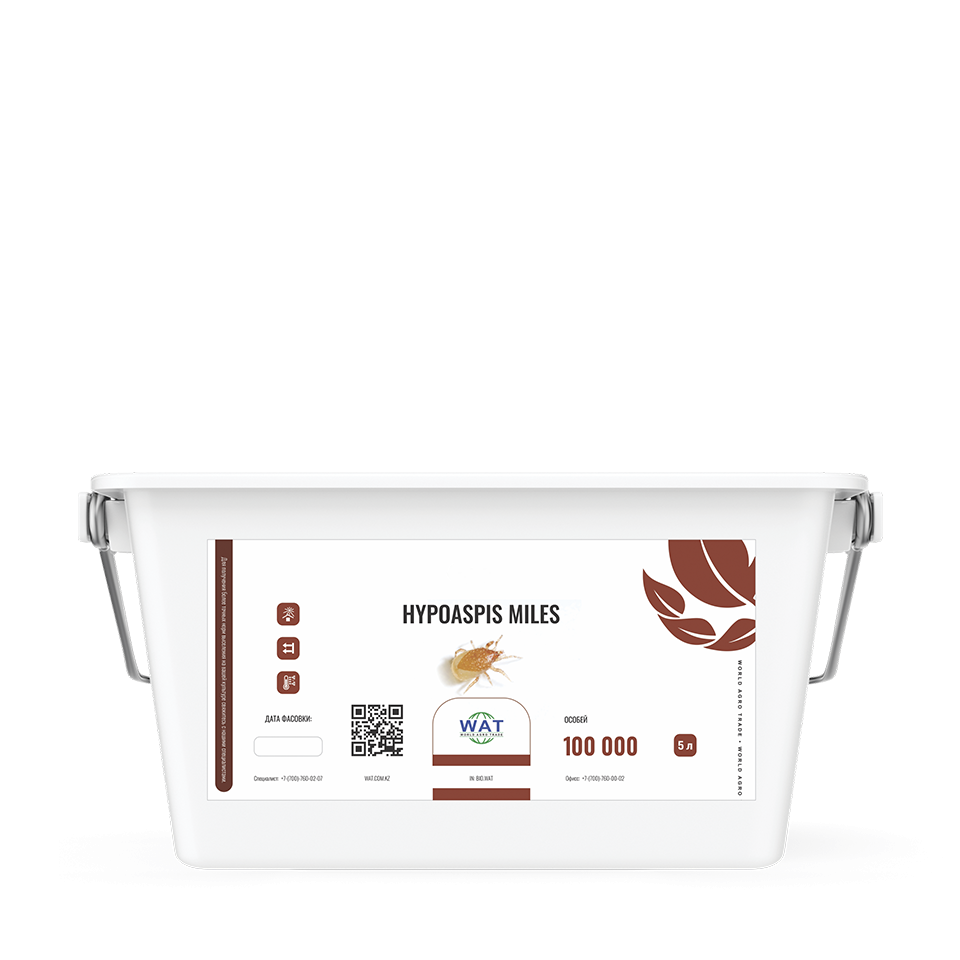
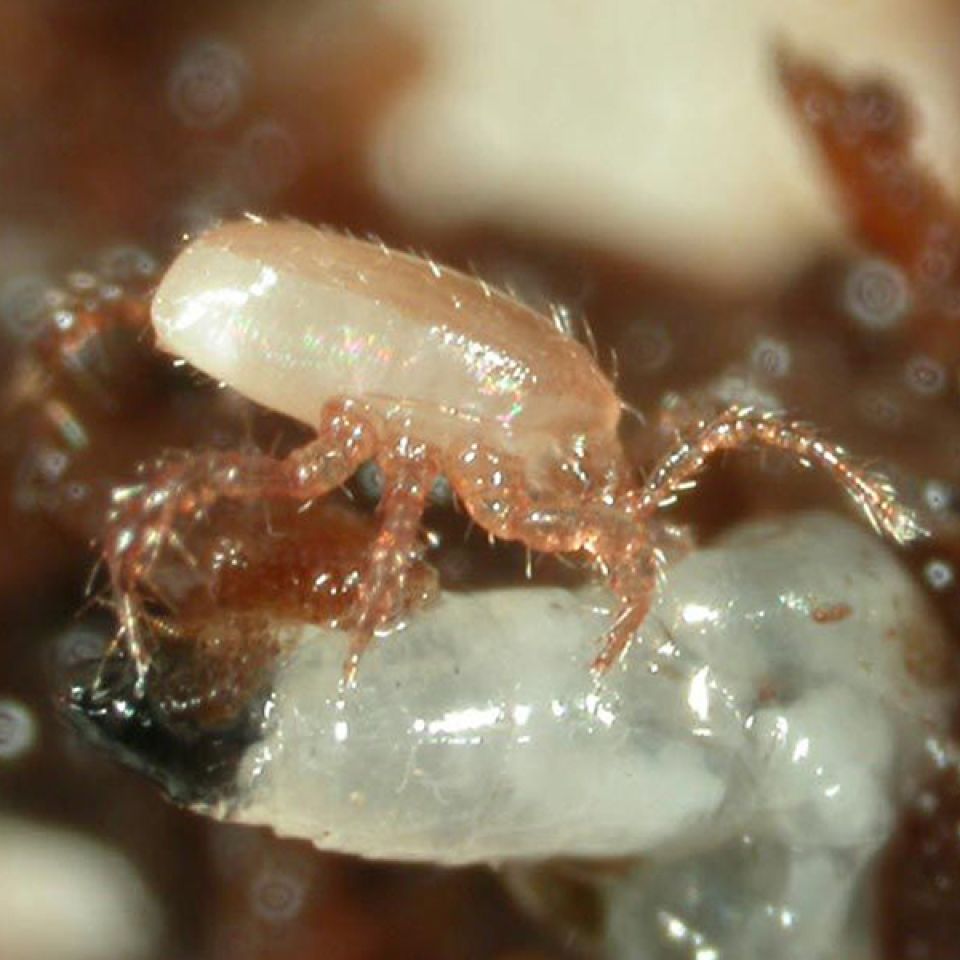
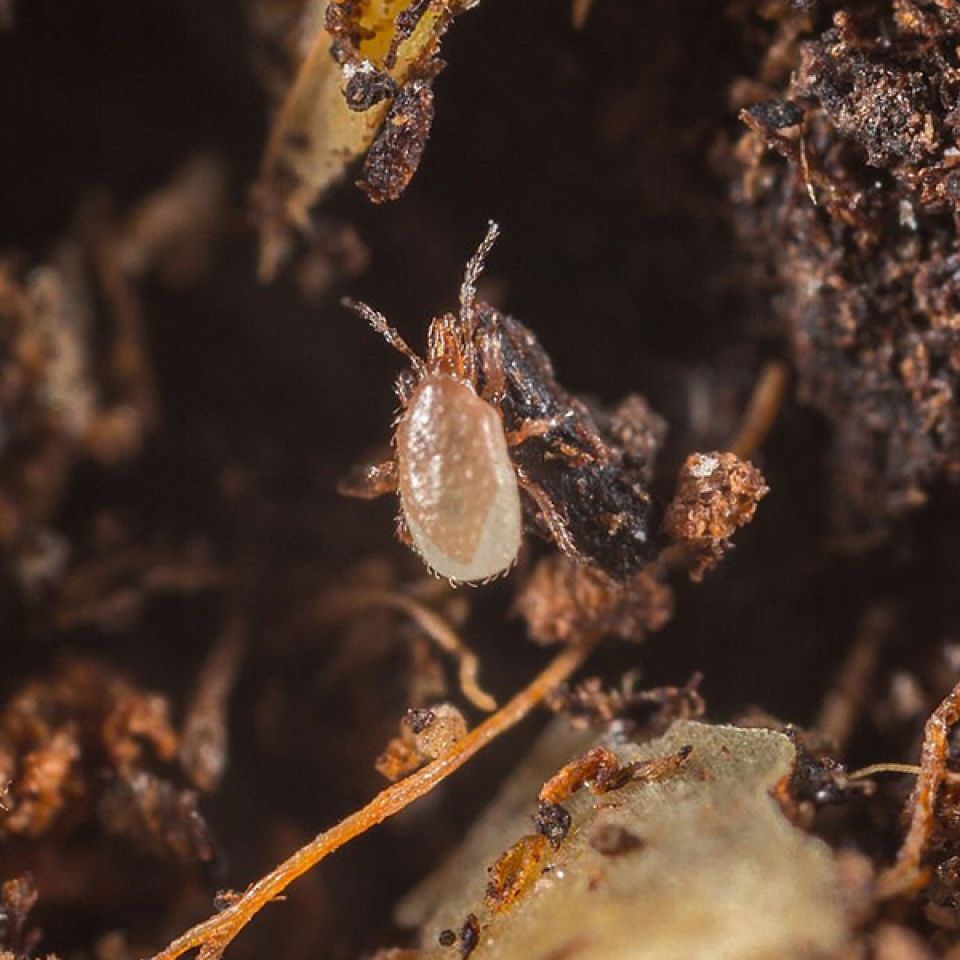
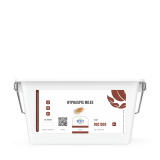
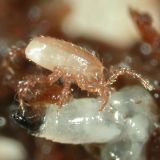
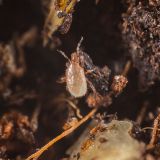
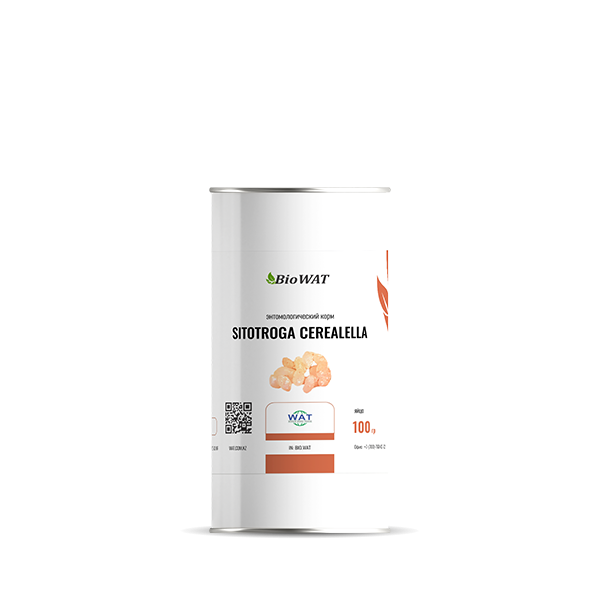
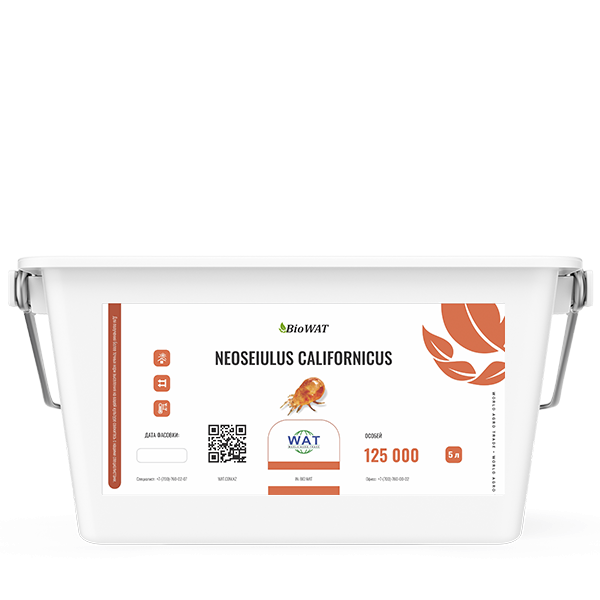
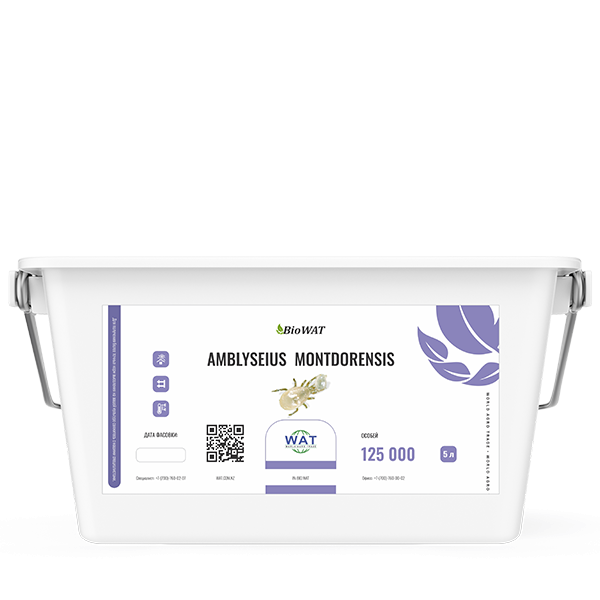
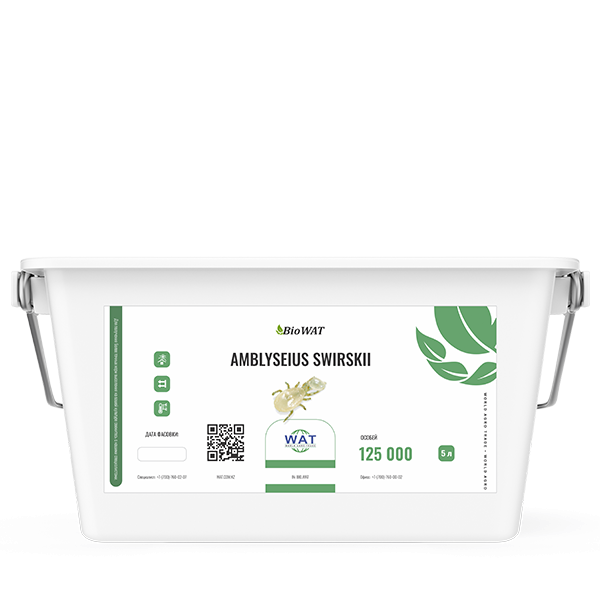
 WhatsApp
WhatsApp